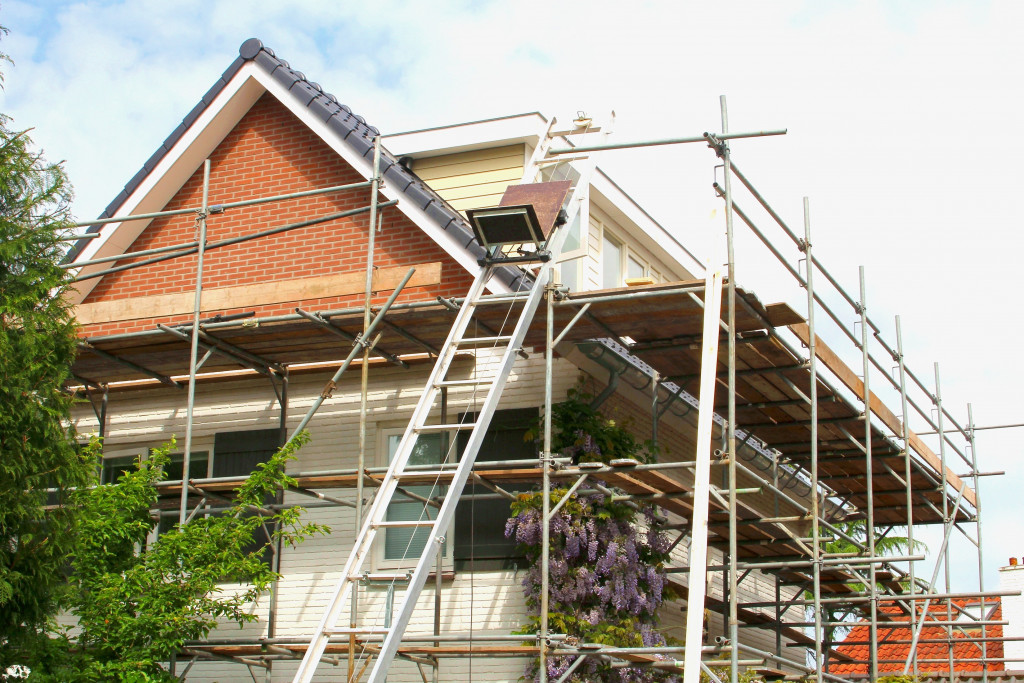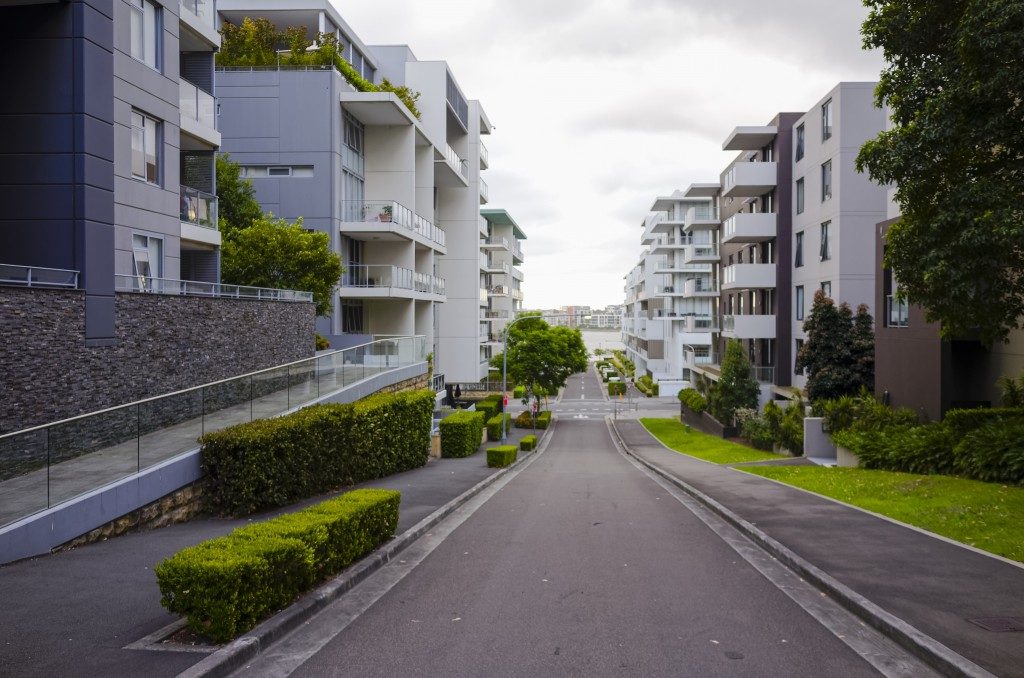- Old homes offer unique character and charm with historical significance and craftsmanship.
- Established neighborhoods surrounding old homes feature matured trees and local businesses.
- Old homes can have a lower price point and appreciate over time with proper renovations.
- The durability and longevity of old homes with sturdy construction can withstand time.
- Improving an old home with simple upgrades like painting, lighting fixtures, and kitchen upgrades can add value.
Are you in the market for a new home but unsure whether you should buy a new building or an old house? While there are benefits to buying new, investing in an old home also has its perks. There are many reasons why an old house might be an excellent investment for you. Here are a few key reasons why investing in an old home is a wise choice.
Old Homes in the U.S.
Many homes are considered to be old in the U.S. It’s estimated that over ten million homes are aged between 20 to 30 years old. These homes are considered old by today’s standards and require more upkeep than newer homes, but they can be an excellent investment if you’re looking for a long-term commitment. Here are some reasons why:

Unique Character
The biggest benefit of an old house is the unique character it brings. Each old home has its personality with unique features and details that add character and charm. From stained glass windows to intricate woodwork, each detail tells a story about the history and craftsmanship of the home. Old homes have stood the test of time, survived many generations, and offer a timeless quality that cannot be replicated with a new build.
Established Neighborhoods
Old homes are often situated in established neighborhoods that have built up over time and have matured trees and foliage that add to the overall character of the area. You’ll find a community that has deeper roots and a history that is evident in the buildings, the streets, and the monuments that surround it. Additionally, old neighborhoods often have more local businesses that cater to the area, making it easier to find local restaurants, shops, and services that complement the area’s unique character.
Cost Effectiveness
Old homes often come with a lower price point. They may require some work or renovations, which often scare away potential homebuyers. But, if you’re willing to put in some effort and make some changes, you’ll find an old house can be a cost-effective solution to getting a unique home. Generally, old homes have more space, larger yards, or more prominent lots than newly constructed homes.
Durability and Longevity
Older homes were built to last, with sturdy construction that often withstands time. Many old homes have been standing for hundreds of years, which is a testament to their durability and the quality of materials used for construction. An old home can last for many generations with some necessary upkeep and regular maintenance.
Investment Potential
Often, an old home can be an intelligent investment, appreciating over time. Right now, homes have increased an average price of $400,000, making them an expensive investment with little appreciation. However, old houses can have better appreciation rates than others. Certain historical or unique homes, in particular, can understand rapidly over time. Renovating and improving your old home with proper recommendations can reap significant equity and long-term investment ROI rewards.
How to Improve Old Homes
Once you’ve improved a house, there are plenty of ways to make it a pleasant place to live. Here’s how to get started:
Get it Appreciated First
The first step is to get a professional to price your home. You can hire an experienced realtor to do an appraisal or even a home inspector to give you an estimate of the market value. Knowing your home’s worth gives you a better idea of how much money you’ll need to invest in renovations or updates.

Paint
Adding a fresh coat of paint is one of the easiest and most cost-effective ways to improve any home. Painting your house gives it an instant facelift and can make your home look and feel brand new. You can start with the walls and ceiling, but don’t forget to paint the doors, trim, and baseboards. It’s a small detail, but it can make a big difference. Pick neutral colors that are easy to work with and that you won’t quickly get tired of seeing.
Upgrade Lighting Fixtures
Outdated lighting fixtures can make your home look old and dingy. Replacing old light fixtures with modern ones can give your home a brand-new look. Ceiling fans with built-in lighting can be added to bedrooms, the living room, or any room that needs a fresh look. You can also add new lamps or lighting fixtures to upgrade any room easily.
Refinish Floors
If you have wood or plain concrete flooring, you can revive the surface with a fresh sealant or a refinishing coat. Refinishing floors can be messy but is well worth the effort and expense. If you have tile or other types of flooring, you can clean the grout and add a sealer to improve appearance and durability.
Kitchen Upgrades
The kitchen is the heart of every home, and making a few updates here can enhance the experience of living in your home. You can update your cabinets with a fresh coat of paint or add new hardware or handles, replace old countertops with modern and durable stainless steel, quartz, or granite, or upgrade your appliances. A fresh sink and faucet can also make a big difference in the kitchen.
Old homes are a unique and cost-effective way to invest in a home. With the right renovations, you can create a functional and beautiful space without breaking the bank. There are plenty of ways to improve an old house and create a home you love while increasing its value over time. Investing in an old house has many benefits and can be a great way to build your future. So, consider an old house if you’re in the market for a home! It just might be the perfect fit for you.



